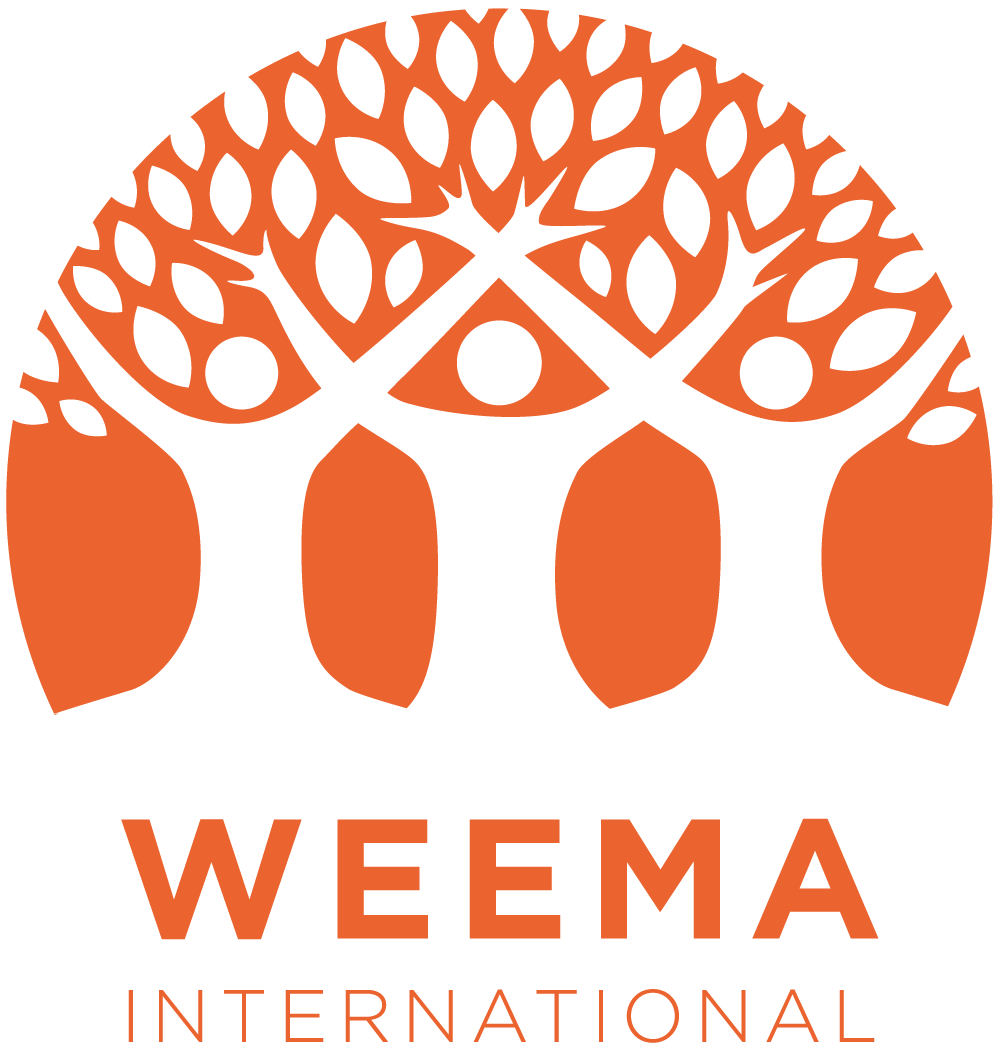Sanitation and Hygiene
“Now thanks to WEEMA Community Led Total Sanitation and Hygiene (CLTSH) promotion work we understand the benefit…and my family is protected from disease which will be caused due to poor sanitation and hygiene practice.”
— ALEMU, FATHER OF THREE CHILDREN AND BADA KEBELE VILLAGER
THE ISSUE
Sanitation in rural Ethiopia has been a critical challenge with access to toilets persisting as a major concern. According to data from the Joint Monitoring Programme (JMP) for Water Supply, Sanitation and Hygiene, only 27% of the rural population in Ethiopia has access to improved sanitation facilities. This means that more than 70% of the rural population lacks access to basic sanitation services.
In rural areas, the absence of toilets or the use of inadequate facilities is a common practice. Open defecation is prevalent due to various reasons, including cultural norms, lack of awareness, and limited resources. This practice not only poses health risks but also contributes to the contamination of water sources, which leads to the spread of waterborne diseases like diarrhea, cholera, and typhoid.
The Ethiopian government, in collaboration with international organizations and non-governmental entities, has been making efforts to improve sanitation conditions in rural areas. These initiatives aim to increase access to toilets and promote hygiene practices, ultimately improving the overall well-being of rural communities.
One such program is the Community-Led Total Sanitation (CLTS) approach, which has been implemented in many rural regions of Ethiopia. The CLTS approach focuses on triggering behavior change within communities, encouraging them to collectively take action to eliminate open defecation and adopt safe sanitation practices. This community-driven approach empowers local residents to construct and maintain their own sanitation facilities, such as pit latrines, and promotes sustainable sanitation practices.
WEEMA’S COMMUNITY-LED INTERVENTION
WEEMA, in partnership with the local governments and communities, funds and implements the CLTS approach described above. WEEMA also constructs public latrines in different types of locations such as walking routes to market, bus stations, and government schools.
